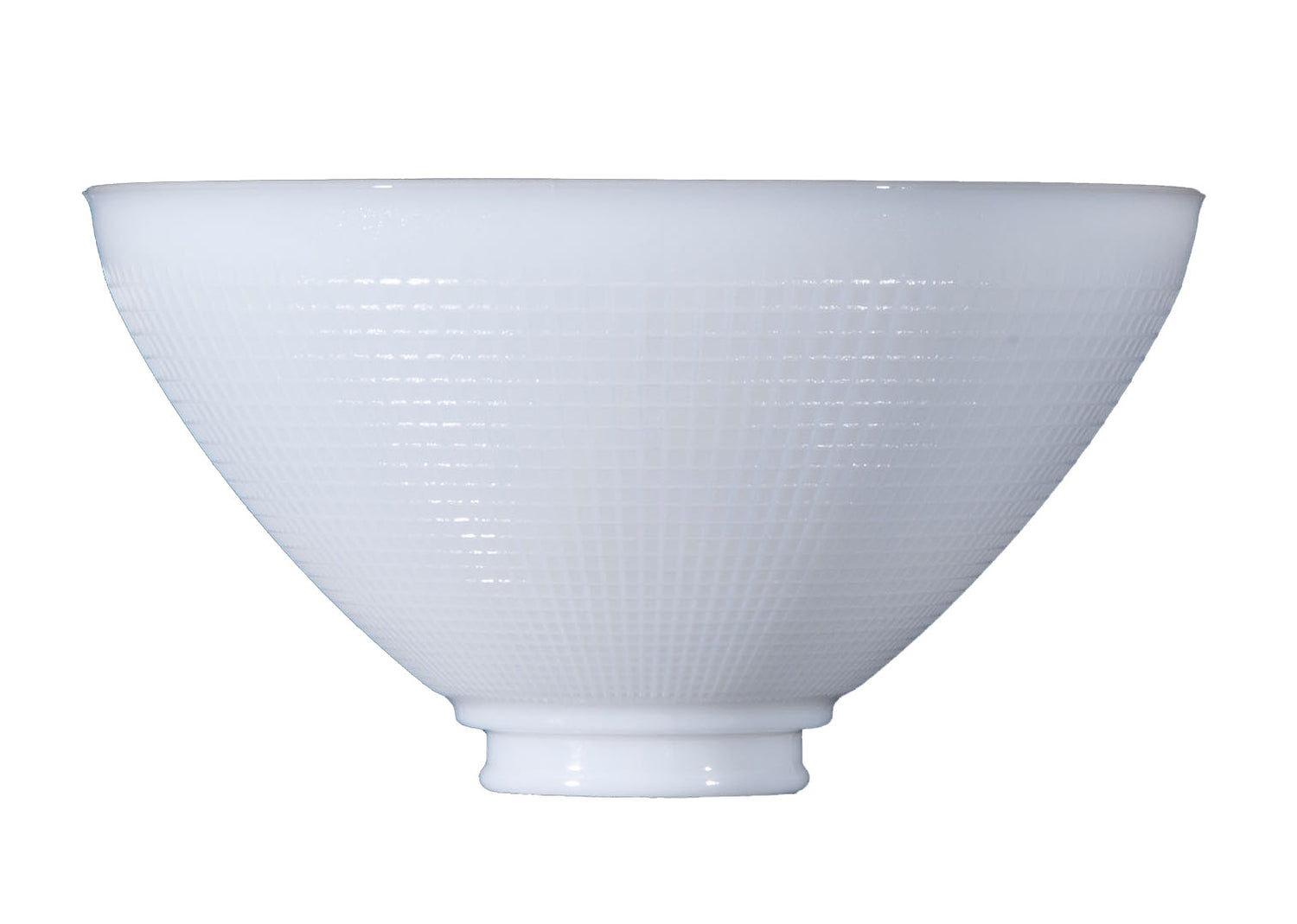Identifying 19th Century Lamps
During the 19th century, the world was transformed by a succession of technological developments. The race to better and brighter lighting led to the development of new fuels, combustion methods, and much more. Lamps from the turn of the century were primarily fueled by whale oil, which was extremely expensive and made whaling one of the largest industries in America. People then began using camphene despite its explosive nature. By the 1830s, lard became a preferred lamp fuel. It wasn’t until 1846 that medical doctor and geologist Abraham Gesner distilled coal to produce a clear fluid that produced a bright yellow flame when used to fuel a traditional oil lamp. Kerosene was plentiful through much of the American Civil War and the Victorian era. By the start of the Art Nouveau movement, electric lighting was growing more popular. Manufacturers of gas lighting devices added electric lines and sockets to their gas jets.
With so many modernizations made so quickly, it can be tough to identify lamps from the 19th century. However, this informative article will teach you step-by-step how to identify 19th-century lamps. Keep reading to learn more.
Carcel Lamps
French watchmaker Bernard Guillaume Carcel sought to overcome the disadvantages of the Argand-style lamp. At the time, Argand-style lamps used a gravity feed, which meant that the oil reservoir was located above the burner. Despite having a design with multiple concentric wicks, the Argand lamp could not perform as needed. Multiple wicks generated so much heat that the burner would melt and the wicks would rapidly burn. Utilizing his expertise, Carcel incorporated a clockwork mechanism that controlled a spring-driven pump, which forced oil to the top of the burner. By overflowing the wick, Carcel found a way to cook the entire burner.
Bouillotte Lamps
A bouillotte lamp was neoclassical in design and produced specifically for the card game of the same name. These lamps were made with two to four adjustable candle brackets and arms with shades made of common painted sheet metal, known as tôle, that would slide down a central shaft and be secured by a screw to accommodate the dwindling length of the candles. These lamps also featured dished bases to hold bouillotte game chips whilst catching wax.
Camphene Lamps
The camphene lamp was specifically designed to burn camphene oil, which was one of the leading lamp fuels of the nineteenth century. These lamps were designed with thimble-like caps and long, tapered wick tubes that slanted away from each other to prevent the camphene oil from evaporating when the lamp wasn’t in use.
Astral, Sinumbra, and Solar Lamps
In 1794, Swiss chemist Aime Argand discovered how he could make an oil lamp without a free-floating wick. His development features a burner that contained the flame and held a cylindrical wick. This lamp sparked a series of oil lamp designs. Astral, sinumbra, and solar lamps all utilized the Argand burner. Some variants used viscous rapeseed oil, or canola oil, which had to be fed from above or pumped from below. These lamps often had urn-shaped side fuel reservoirs that blocked some of the lamp’s light. A sinumbra lamp features an oil reserve that is shaped like a flattened doughnut, which allows light to stream directly out and down through the hole onto a table without casting a shadow. Astral lamps are generally tall and singular with central circular reservoirs for oil. Lampshades are usually etched and cut.
Tiffany Lamps
Tiffany lamps were made famous by the painter after which they were named, Louis Comfort Tiffany. Tiffany worked with colored glass and designed many stained-glass windows for churches. His paintings frequently depicted plants and flowers. When Thomas Edison invented the light bulb in 1879, Tiffany was inspired to make a new kind of shade that would diffuse and refract light in interesting ways. Tiffany lamps were made from many pieces of colored stained glass that are soldered together to make butterflies, dragonflies, flowers, and other abstract designs. There are many reproductions of Tiffany-style lampshades that range from botanic to geometric and everything in between. Tiffany’s lamps were primarily made with hollow bronze bases and turn-paddle knob sockets for on and off purposes. Tiffany lamps almost always carried a Tiffany Studios stamp with a number.
Victorian Lamps
Banquet lamps and Rochester lamps were manufactured throughout the 1880s and 1890s. Banquet lamps featured an upper and lower globe, which were usually painted. These lamps are also sometimes called “Gone with the Wind” lamps because they were prominently used as props in the 1940 feature film. Banquet lamps were often made from a combination of brass, milk glass, pattern glass, porcelain, cased glass, cranberry glass, or satin glass. Removable founts, vases, decorative stems, and chimneys are identifying features of a banquet lamp.
Rochester lamps were invented in partnership by Charles Stanford Upton and Leonard Henkle. A Rochester lamp contained a tube in the center for the air draft, four wicks attached to form a ring, as well as a brace to hold the glass chimney. Rochester lamps featured oil reservoirs made from inverted tin cuspidors. Student lamps were designed at the end of the Victorian era, to eliminate shadows and push the light downward for studying purposes. Student lamps were designed around a center post with a loop to carry the lamp. They also featured oil fonts and shades on one or both sides. Single and double student lamps take seven-inch or 10-inch shades. Small versions take six-inch shades.
As a rule of thumb, all forms of Victorian combustion lighting have shades that point up. Incandescent lamps of the late Victorian era usually have shades that point down. An authentic late Victorian electric fixture was never designed at a near-horizontal angle, because the large, fragile carbon filament of early lamps could break under the stress of gravity or vibration. If you have any questions about identifying late 19th century lamps, please contact Antique Lamp Supply today for additional information or further assistance.

